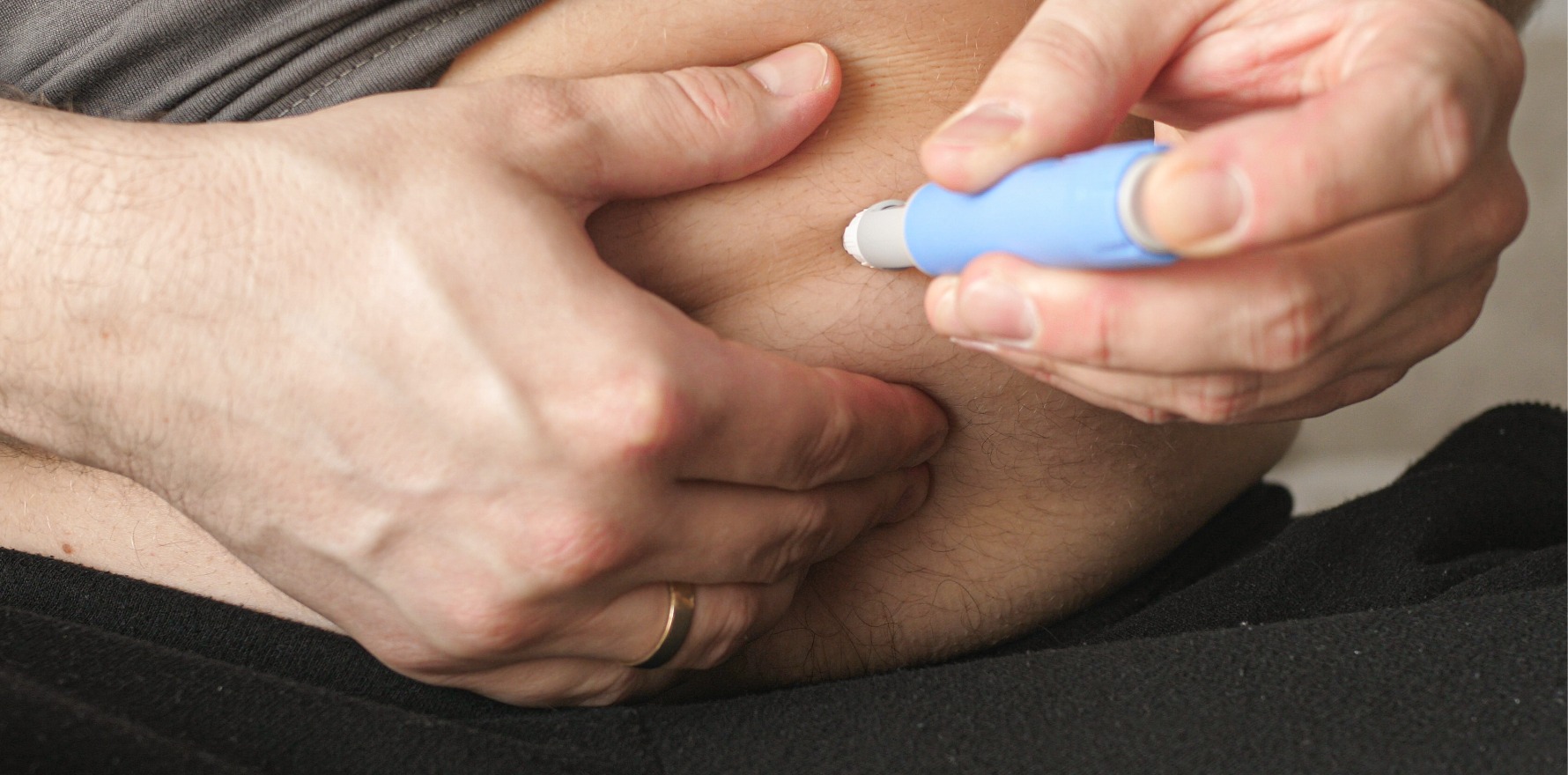Our prices are not globally competitive and supply should be ‘ring-fenced’ for priority populations.
Manufacturers of GLP-1 agonists, the globally sought-after class of diabetes and obesity drugs, have chastised Australia’s lackadaisical drug approval and reimbursement processes, particularly the PBAC, amid a push for ringfencing of the wonder drugs for priority populations.
Speaking at today’s federal Inquiry into Diabetes, Cem Ozenc, Oceania general manager for Novo Nordisk, manufacturers of Ozempic, said demand for the drugs had been “unprecedented” and without a crystal ball could never have been forecast.
While Novo Nordisk doubled the volume of Ozempic entering Australia in 2023, the supply shortages have forced the company, in partnership with the TGA, to advise doctors that no new patients should be started on the drug.
When pressed on how the company could have entered into arrangements with telehealth company Eucalyptus to supply drugs for weight loss given concerns over supply, Mr Ozenc said the arrangement was halted as soon Novo Nordisk was aware that supply was limited, and that it supplied Saxenda (liraglutide), which is TGA approved for weight loss, not Ozempic.
Associate vice president of Eli Lilly Australia – manufacturers of the GLP-1 agonist Mounjaro – Dr Gabrielle Reppen said part of the supply issue hinged on Australia’s approval system.
Dr Reppen said that while the TGA had been “very collaborative”, it was the PBAC’s “conservative” approach that was holding back access.
“Of course, when we bring a new medicine to market, we don’t have very long-term data,” she said.
“And I think the PBAC takes a conservative view and assumes that those benefits over the longer term don’t occur.”
This conservative approach has meant that some medicines that were standard of care globally were never listed on the PBS, such as Novo Nordisk’s Saxenda, she added.
According to Dr Reppen, the PBS pays “among the lowest if not the lowest in the developed world” prices for many of Eli Lilly’s products.
While on the face of it this may seem like a win from the government’s perspective, this has the flow-on effect of limiting supply as Australia’s prices are not competitive with the global market, she added.
President and general manager of Eli Lilly North Asia-Pacific Victoria Brown said that due to the “globally constrained environment” Australia should ringfence drug supply for particularly vulnerable patients.
Mrs Brown said that with clear guidelines on the target population, Aboriginal and Torres Strait Islander with type 2 diabetes or BMI above 35, and therefore the required supply, Eli Lilly could ensure supply was ringfenced.
“But the key is making sure we have controls in place so that those are the patients that are getting [the drug] and it’s not leaking to somebody else,” she said.
“I think right now … you’re seeing a broad reach of patients getting the medicines who maybe are not the ones who need it most.”
Eli Lilly has successfully ringfenced supply of type 2 diabetes drug Trulicity for Indigenous communities in the Kimberley and NT, but without government assistance the operation is “clunky”, added Dr Reppen.
Related
Mr Ozenc said Novo Nordisk was working in Queensland and parts of Western Australia to ensure Ozempic supply was reaching Indigenous communities.
“It’s very manual,” he said. “It’s not really easy to do this in a systematic way.”
The discussion coincides with wider calls from doctors and politicians to ensure GLP-1 agonists are prioritised for those who need it most.
“The Australian government should ensure that all Aboriginal people have affordable access to GLP-1 receptor agonist medication, including by listing these medicines on the Pharmaceutical Benefits Scheme and in the highly specialised drugs program, for both diabetes and obesity formulations,” said Donna Ah Chee, CEO of the Australian Aboriginal Congress.
“Additionally, in times of shortage, access to GLP-1 agonist medications should be prioritised for Aboriginal people especially in remote and very remote areas.”
Professor Rachel Batterham, Eli Lilly’s senior vice president for international medical affairs, implored the government to “do something about prevention now, not in a year’s time when you write the report”.
She added that underpinning discussing of pharmacotherapies must be strong “care pathways” which indicate who should be getting what kind of care.
Professor Batterham used the example of bariatric surgery, a procedure that is “known to be lifesaving and cost effective” but is “just not implemented” here.
“We do more [bariatric surgeries] at the hospital I worked out a year than is done in the whole of Australia.”
It seems Australia – which only subsidised Continuous Glucose Monitors for type 1 diabetics and veterans with type 2 – is also falling behind on diabetes technology.
“Real Time CGM is proven to benefit people whose type two diabetes requiring insulin CGM is recognized as standard of care in international treatment guidelines,” director of commercial operations in ANZ for CGM manufacturer Dexcom Sammy Saad told the committee.
“And a growing number of countries around the world have already expanded reimbursement of CGM beyond type 1 to include type 2 diabetes or insulin dependent diabetes.”





